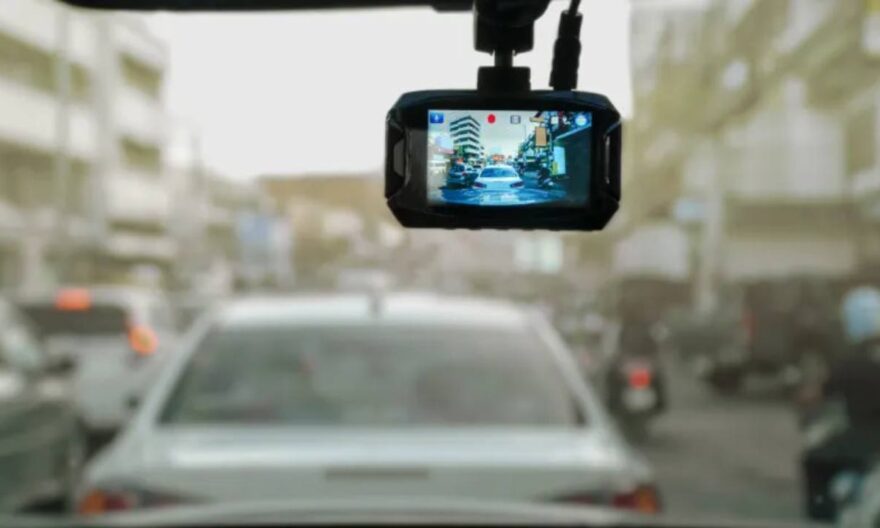
The Supreme Court of India, on Friday, rejected a Public Interest Litigation (PIL) that sought to direct the Union to establish guidelines for installing CCTV cameras in all vehicles nationwide. The PIL also sought the implementation of Section 136-A of the Motor Vehicles Act, which mandates the installation of body cams and dash cams in public vehicles.
The Bench comprising of Justices SK Kaul and Justice Sudhanshu Dhulia, expressed their unwillingness to entertain the plea, stating that the matter should be addressed by the executive branch rather than the judiciary. Justice Kaul remarked that the court shouldn’t be involved in monitoring the placement of cameras or regulating traffic across states, asserting that it is a responsibility of the executive authorities.
In response to the court’s stance, Advocate Anando Mukherjee, representing the petitioner, chose to withdraw the petition.
The PIL argued that making CCTV cameras mandatory in all public and private vehicles, with strict penalties for non-compliance, would act as a deterrent for future incidents and expedite the resolution of such cases. The petitioner, a public activist, filed the Writ Petition under Article 32 of the Indian Constitution, emphasizing the importance of enhancing road safety and protecting both drivers and pedestrians. The primary goal was to facilitate quick resolutions of disputes arising from traffic accidents and other road-related incidents.
The petitioner sought a writ of mandamus to direct the Union of India and State Governments to frame regulations under the Motor Vehicles Act, mandating the use of dashboard cameras and rear-view cameras in all vehicles. Such a directive was considered essential to curb and identify those involved in road violations and accidents, thus safeguarding the life and liberty rights guaranteed under Article 21 of the Indian Constitution.
It’s worth noting that the Motor Vehicles Act already contains provisions and amendments to incorporate the use of CCTVs for enhancing road, motor, and traffic safety. Specifically, Section 136-A of the Act provides for electronic monitoring and enforcement of road safety on various types of roads. Subsection 2 of Section 136-A empowers the Central Government to establish rules for electronic monitoring and enforcement, including the use of speed cameras, closed-circuit television cameras, speed guns, body-wearable cameras, and other relevant technologies. Additionally, Rule 167-A in the Central Motor Vehicle Rules, 1987, outlines the requirements for electronic monitoring and enforcement of road security, which are to be implemented by State governments.
It’s important to note that a separate bench led by the Chief Justice of India is already dealing with a matter related to the implementation of Section 136A of the Motor Vehicles Act.




